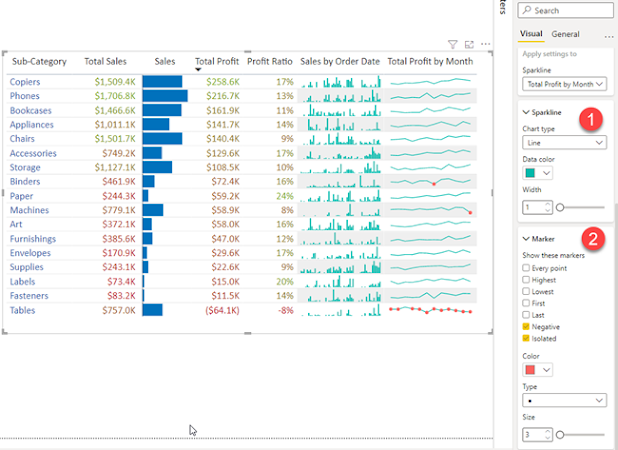Introduction
In this blog, we will see how can we create rules for the SharePoint list to automate the process such as sending someone a notification when an item is updated in the SharePoint list. There are also some other tasks as well that we can configure to automate the SharePoint list. We can follow below steps to create rules in the SharePoint list:
Create rules
Step 1: Go to your SharePoint list.
Step 2: Now, click on Automate from the ribbon, expand the Rules menu and click on Create a rule.
Step 3: On clicking Create a rule, it will open a popup with all the conditions for which we can create a rule for the list.
Step 4: Here, select the condition for which you want to create a rule. There are below options:
- A column changes:
- When you select A column changes option, it will show the below fields:
- In Choose a column dropdown down, select the column for which you want to create a rule.
- In Enter a name or email address column, select the user to whom you want to send email notification when the selected column is changed. You can select people and group columns of the current list or you can type the user name/email address as well.
- Once you have selected both fields, click on Create button.
- Now, value of selected column is changed for any existing list item, it will send an email notification to the selected user. Mail will be as shown in the below screenshot:
- A column value changes:
- When you select A column value changes option, it will show the below fields.
- In Choose a column, select the column for which you want to create a rule.
- In Choose a condition, select the operation which you want to use for the condition.
- In Enter a value field, enter the value which you want to compare for condition.
- In Enter a name or email address, select the user to whom you want to send an email when the condition is fulfilled. Here, you can select multiple users as well.
- The above rule will send an email to the selected user when the Title is updated to text Intranet.
- A new item is created
- When you select A new item is created option, it will show the below fields.
- In Enter a name or email address field, select the user to whom you want to send an email when a new item is created in the list. Here, you can select multiple users as well.
- Click on Create button. Now when a new item is created in the list, it will send an email notification to the selected users.
- An item is deleted:
- When you select An item is deleted option, it will show the below fields.
- In Enter a name or email address field, select the user to whom you want to send an email when an item is deleted from the list. Here, you can select multiple users as well.
- Click on Create button. Now when an item is deleted from the list, it will send an email notification to the selected users.
Manage Rules
Once you have created a rule, you can turn off the rule, update the rule and delete the rule.
Step 1: To manage the rules, click on Automate, expand the Rules menu and select the Manage rules option:
Step 2: On clicking Manage rules, it will open a popup and lists all the created rules for the current list.
Step 3: To turn off the particular rule, you can turn off the toggle button.
Step 5: To delete, click on the particular rule. It will open the details of the rule. Now, click on the Delete rule from the bottom left corner.
Conclusion:
This is how we can create and manage the rules in the SharePoint list. Hope this blog will be helpful for you!
If you have any questions you can reach out our SharePoint Consulting team here.

























